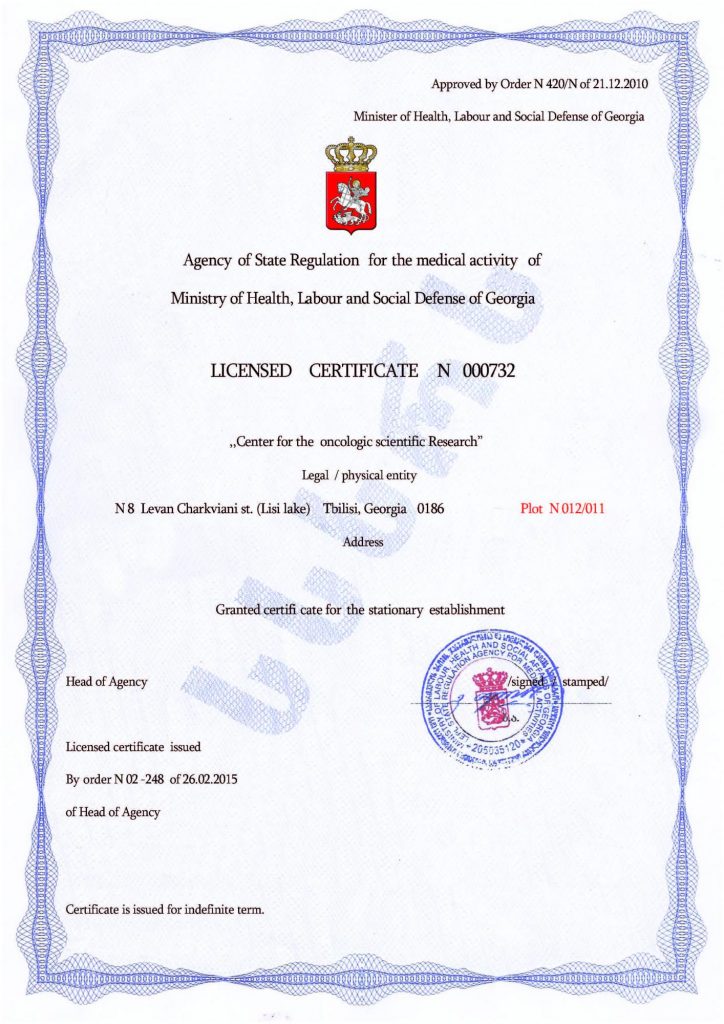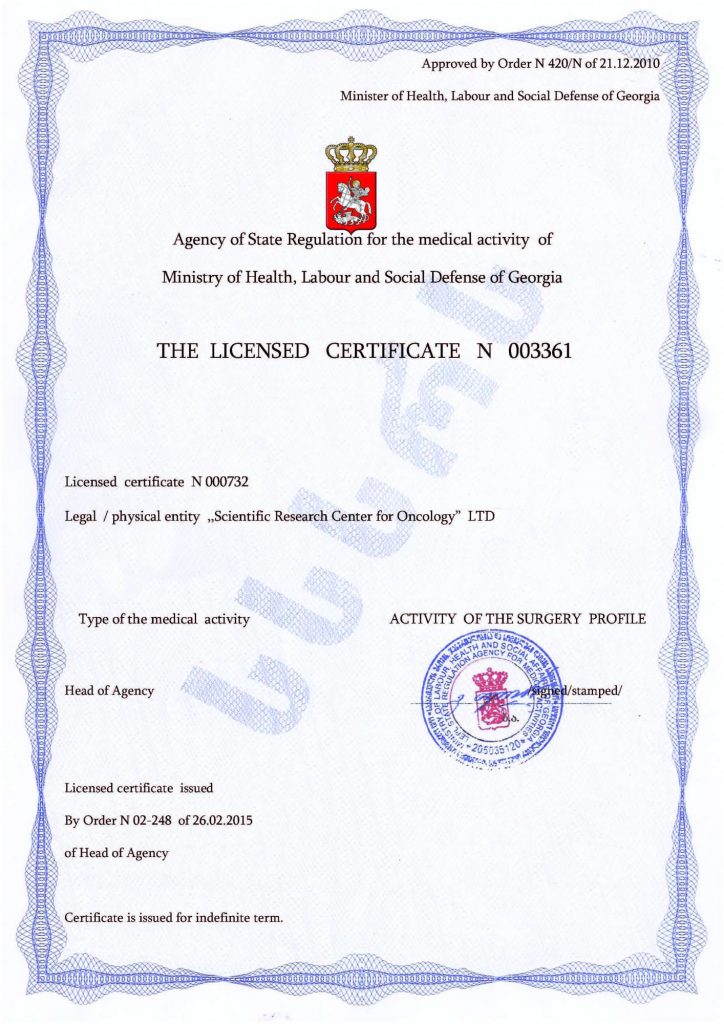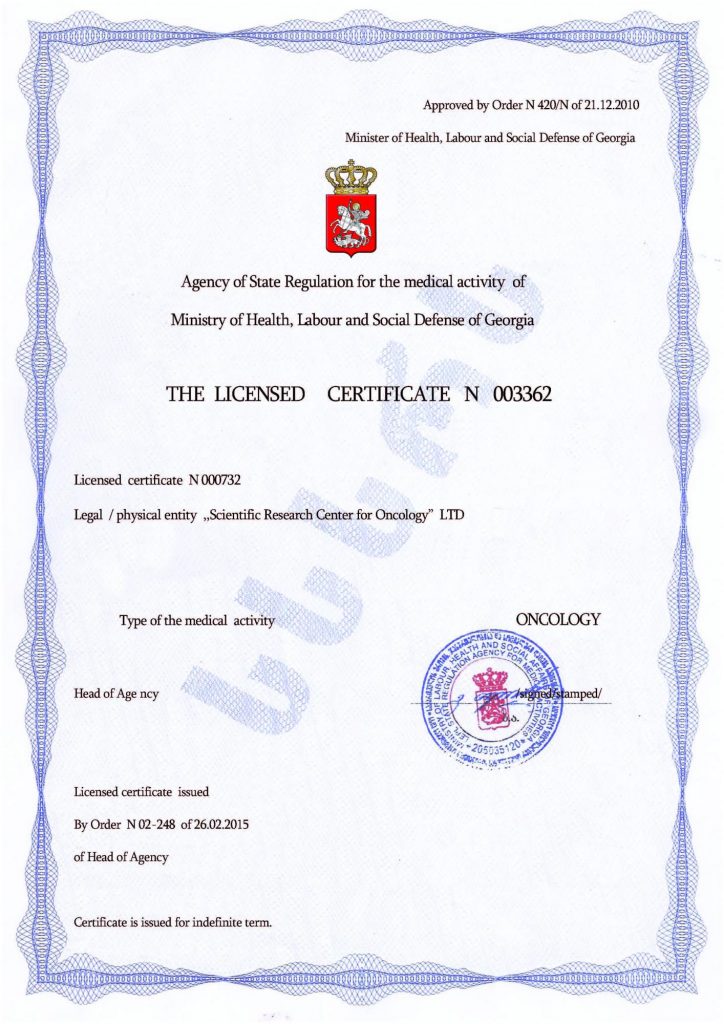Benefits and Risks of Anesthesia for Autistic Individuals in Dental Treatment
Anxiety in Dental Visits
Statistics show that 36% of people experience anxiety related to their dental health and the need to visit a dentist. It can be assumed that this percentage is even higher among autistic individuals. Additionally, the psychological stress of being in the dental chair should be considered. Bright lights and loud noises are stressors in themselves, not to mention invasive procedures like tooth extraction or root canal treatment, which require anesthesia. While one can gradually get used to the need to visit a dentist, anesthesia and its possible side effects often trigger additional, and not always justified, concerns in individuals with autism.
Types of Anesthesia and Their Use
On one hand, anesthesia is the most effective method of pain-free treatment, aimed at eliminating or reducing sensitivity in the treated area. The type of anesthesia used depends on the specific procedure.
- Local Anesthesia is typically used for simpler procedures like cavity fillings. It takes effect within 10 minutes and lasts for about an hour. During this time, the patient remains conscious and able to communicate, with only the treated area becoming numb.
- Sedation is used for pain control and relaxation. It can be administered in the form of pills, liquids, inhaled through a mask, or injected intramuscularly or intravenously. Conscious sedation allows the patient to follow the dentist’s instructions, while deeper sedation may result in unconsciousness, requiring monitoring of breathing, heart rate, and blood pressure.
- General Anesthesia is intended for longer and more complex procedures, such as wisdom tooth extraction or dental implant placement. It is especially useful when the patient suffers from overwhelming anxiety. Under general anesthesia, the patient is completely unconscious, feels no pain, and may not remember the procedure afterward. However, this type of anesthesia carries higher risks compared to the others.
The choice of anesthesia depends on several factors, including the patient’s health, age, the procedure’s length, and any previous adverse reactions to anesthetic agents.
Why Anesthesia May Be Needed for Autistic Individuals
Autistic individuals may require dental anesthesia for medical, psychological, or psychiatric reasons. Due to sensory overload, they may prefer to remain silent, not responding to the dentist’s questions or instructions. It should be noted that general anesthesia is typically only used if the patient cannot tolerate dental treatment otherwise.
Advantages of Anesthesia
Anesthesia offers several benefits for autistic patients:
- Relaxation reduces anxiety and fear, fostering a more positive, or at least neutral, attitude toward dental procedures.
- Reduced sensory perception helps avoid sensory overload, making the treatment process easier to tolerate.
- Sedation ensures the patient remains calm, answering questions and enabling the dentist to effectively carry out the treatment.
- The elimination of physical movement restrictions reduces anxiety levels.
- Fewer dental visits may be required since anesthesia allows the dentist to perform multiple procedures in one session.
Risks of Anesthesia
Local anesthesia is considered safe and typically doesn’t cause side effects, whereas sedation and general anesthesia are associated with higher risks. Careful consideration is necessary to determine the appropriate type of anesthesia. Mistakes can lead to a variety of consequences.
- Autistic individuals may have increased sensitivity to certain medications, resulting in allergic reactions (itching, swelling, or hives). In rare cases, breathing issues can arise, requiring emergency intervention.
- Side effects are highly individual and can range from headaches, nausea, and vomiting to numbness, dizziness, and hallucinations. Any previous experiences with similar medications should be reported to the dentist in advance so that they can incorporate this information into the treatment plan to avoid complications.
- The effects of anesthesia may be influenced by medications taken for anxiety or pain relief. It may be necessary to stop taking these medications five days before the dental procedure.
Other risks, such as lowered blood pressure, seizures, or even a heart attack, depend on the patient’s individual characteristics and the professionalism of the medical team. The success of anesthesia and dental treatment also depends on factors such as the type of medication used, the area being anesthetized, the dentist’s experience, and more. In any case, autistic individuals will likely need additional support depending on their psychological needs.
Addressing the Root Cause: Autism
To avoid all these challenges and difficulties, the root cause — autism — should be addressed. The most efficient and reliable solution for this is cell therapy, an innovative technology that tackles not just the symptoms, but the disorder itself. This method has been developed relatively recently, but has already gained high praise and widespread recognition. In the future, it could become the primary method of treatment.
Stem Cell Therapy: A Promising Solution
The procedure involves the transplantation of stem cells, which are fundamental building blocks of all organs and tissues. Once introduced into the body, they transform into other types of cells and replace those that are damaged or malfunctioning with healthy analogs. As a result, the brain and nervous system begin to function properly, behavior stabilizes, development accelerates, and the manifestations of the disorder become less frequent and weaker, or may even disappear entirely.
These improvements are noticeable shortly after the therapy, and they can last for a long time — in many cases, for life. As a result, the effectiveness of supportive correction measures is also enhanced.
This method is safe because it uses the patient’s own stem cells, primarily obtained from bone marrow. This eliminates the risk of an immune response and, therefore, rejection of the biological material. Cell therapy is also one of the most natural treatments available, as it is based not on the use of medications or psychological approaches, but on stimulating the body’s own restorative capabilities.
Currently, cell therapy is available only at a few of the most advanced clinics in the world, including the Mardaleishvili Medical Center. The specialists here are highly qualified and have extensive experience in stem cell transplantation. They also have access to cutting-edge, high-tech equipment necessary to achieve the best possible therapeutic results. The quality of treatment meets the strictest international standards, and the cost is significantly lower than in other countries. Moreover, the center offers assistance with travel planning and other logistical aspects, such as accommodation during the rehabilitation period.
Fill out the contact form — and make your dental visit stress-free!
Autism Treatment Center Videos
Autism treatment with own stem cells
Cord blood association congress
International Quality Crown
Autism Treatment Reviews
Autism treatment with own stem cells
The story of Alessandro (6 years old)
Autism Patient Testimonial - Stem Cell Treatment
Clients Testimonials

Review by Anastasia, mother of Yusup (8 years old) Read More

Feedback from Nathalie, mother of Andre (9 years old) Read More

Feedback from Yulia, mother of Emily (7 years old) Read More

Feedback by Everita, Katrina’s mother (5 years old) Read More

Feedback from Igor, David’s father (12 years old) Read More












